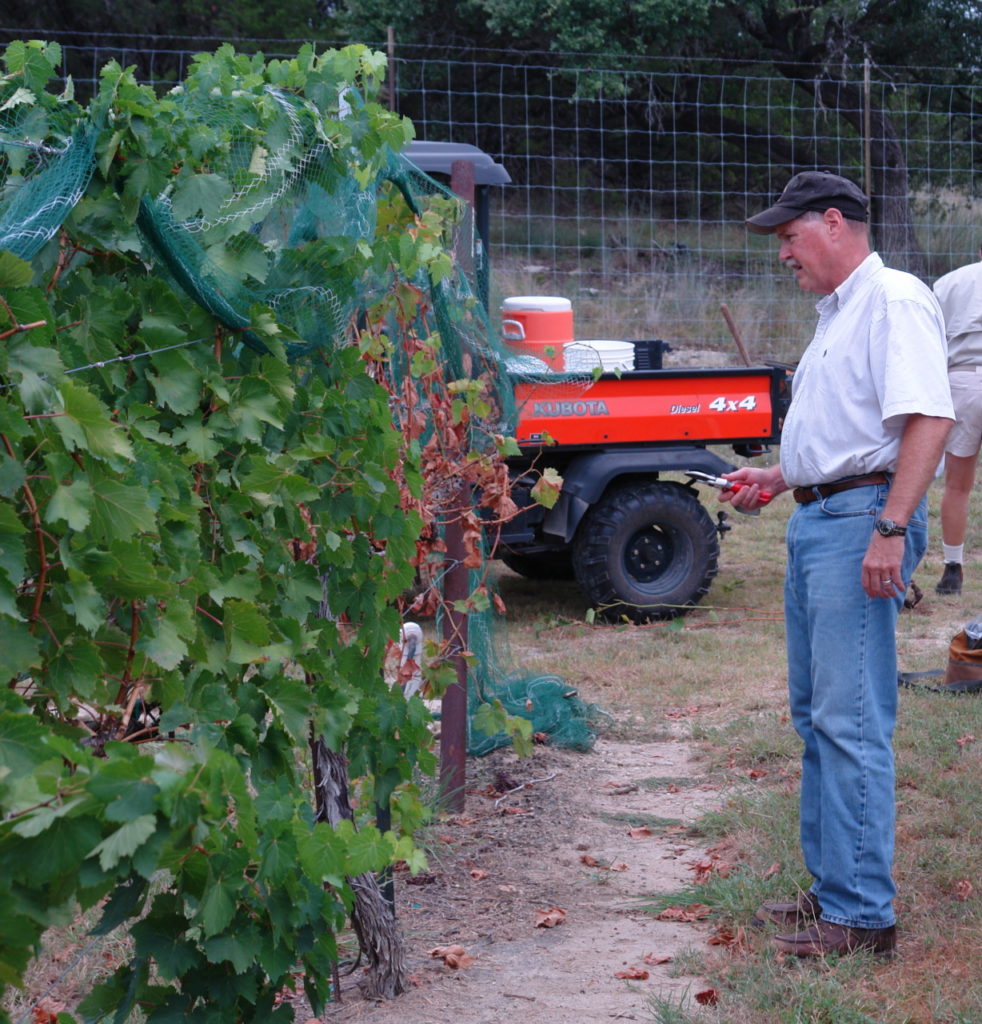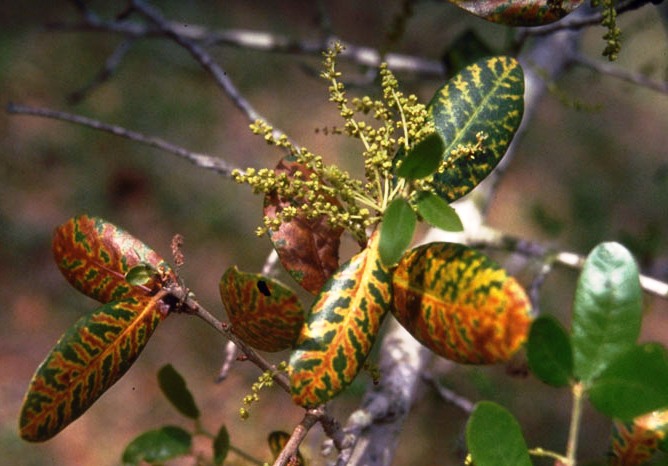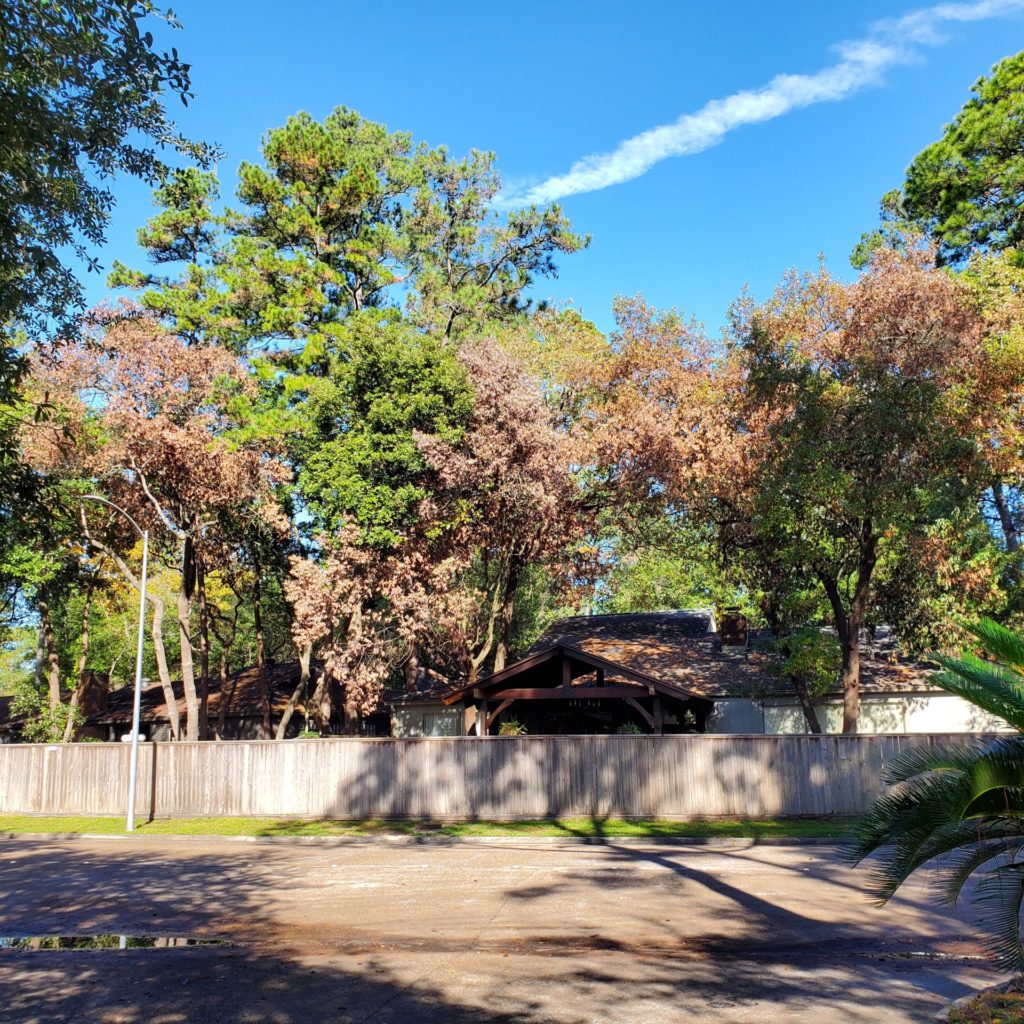Texas A&M AgriLife plant pathologist Appel to retire
Career spanned research, education efforts to control disease in trees, wine grapes
After 41 years of vital contributions to controlling plant disease and pathogens in Texas and the U.S., David Appel, Ph.D., Texas A&M AgriLife Extension Service plant pathologist and professor with the Texas A&M College of Agriculture and Life Sciences Department of Plant Pathology and Microbiology, will retire on May 31.

Appel has specialized in forest and shade tree pathology, wine grape diseases and plant disease control. Through his research, teaching and outreach, Appel’s career has impacted a broad range of Texas agriculture, said Leland “Sandy” Pierson, Ph.D., professor and head of the Department of Plant Pathology and Microbiology.
“Dr. Appel is considered the expert on tree health across Texas,” Pierson said. “His studies of pathogen threats to Texas trees, including oak wilt and sudden oak death, have led to novel treatments for management and control, transforming how we think about forests and trees. In addition, he improved our understanding and management of both grapevine Pierce’s disease and grapevine trunk diseases. He also helped eradicate the exotic noxious weed giant Asian (Japanese) dodder after its introduction in Houston. In short, he will be sorely missed.”
Controlling oak wilt
When Appel joined the department in 1981, his research emphasis was on oak wilt, a disease causing a devastating epidemic in Texas.
“I learned an enormous amount about tree pathology by studying oak wilt here and how it compared to the rest of the country,” Appel said. “As I interacted with people from all walks of life about their concern over their trees, it brought home how important these trees were to Texans.”
The integrated management program Appel developed for controlling the disease has become standard practice for natural resource management in Texas. His testing on the use of propiconazole for intravascular injection led to a new fungicide label, Alamo, for controlling oak wilt. It is also used for Dutch elm disease and laurel wilt.
His collaboration with the U.S. Forest Service, the Texas A&M Forest Service, the Texas Department of Agriculture and the Texas Chapter of the International Society of Arboriculture led to long-term partnerships that have continued throughout his career.
Monitoring invasive pathogens
Another area of Appel’s work is invasive pathogens and species.
When the giant Asian dodder was discovered in Houston, Appel was part of a team of federal, state and municipal agencies to survey and eradicate the pathogen. He has led efforts to survey and monitor for sudden oak death and for citrus greening and citrus canker. Appel’s latest interest is with laurel wilt, which has killed red bay trees in East Texas neighborhoods.
“Because of the diversity of Texas agriculture, we are vulnerable to introduced diseases, pathogens and invasive species that we will have to continue to monitor,” Appel said.
“Laurel wilt is an example of how important it is to watch for invasive species so they will not go unimpeded through urban areas and cause an epidemic.”
Researching wine grape diseases
Since his specialty as a pathologist had been forest and shade trees, Appel did not anticipate researching an agricultural crop, but wine grape diseases became an important part of his career.

(Photo courtesy of David Appel)
Twenty years ago, Pierce’s disease, PD, threatened Texas’ new wine grape industry. Appel and his colleagues analyzed the pathogen and how it spread. Their research showed that managing the insect vector and reducing inoculum sources could decrease disease losses. Demonstration and education efforts teaching these methods have reduced PD in Texas, Appel said.
“We never got rid of it, but by implementing the recommendations we developed, people could grow wine grapes in the Texas Hill Country in the presence of PD,” Appel said.
He also studied cotton root rot, CRR, disease on wine grapes, which led to the labeled use of the flutriafol fungicide to manage CRR in grapes.
“This research is a good example of building on others’ shoulders,” Appel said. “My colleague, (AgriLife Extension plant pathology specialist) Dr. Thomas Isakeit, made the breakthrough with CRR, and we were able to apply his work to the Texas wine and grape industry with great impact.”
Appel has also conducted research on grapevine trunk diseases and grape viruses, contributing to research publications about novel grape viruses in 2019 and 2020.
Leadership, teaching and outreach
Appel served the Department of Plant Pathology and Microbiology as interim department head, associate department head for academics and associate department head and program leader for AgriLife Extension. He also served as the interim department head for forest science, now the Department of Ecology and Conservation Biology.

Although his research accomplishments and leadership contributions are many, he said that the best part of his job has been the impact he has had on undergraduate and graduate students. He has taught thousands of students through plant pathology, forest protection, urban forestry and other courses.
“It is most gratifying to run into someone who was in a plant pathology course and find out we had some small part in their decisions that led to their own successful career in academia or industry,” Appel said.
As an AgriLife Extension specialist, Appel led Texas homeowner meetings, workshops, Master Gardener trainings and county programs. For over 40 years, he has assisted the Texas Chapter of the International Society of Arboriculture, ISAT, with continuing education for arborists and urban foresters, helping establish the Texas Oak Wilt Qualification and Assessment course and leading training workshops.
In recognition of his service to arboriculture, ISAT awarded Appel the Presidential Award of Merit in 2021. Also in 2021, the Southern Division of the American Phytopathological Society honored him with its Outstanding Plant Pathologist award. He received the Outstanding Professional of the Year, Community Forestry Award in 2004, sponsored by the Texas A&M Forest Service, the Texas Urban Forestry Council and ISAT.
Establishing relationships is critical to success
For most of his career, Appel’s duties were affiliated with the College, AgriLife Extension and Texas A&M AgriLife Research. He considers his appointment with all three entities the No. 1 factor in his success. It expanded his opportunities to build collaborations and interact with many faculty and resources in Texas A&M AgriLife.
“Dr. Appel’s influence on the field of plant pathology will continue through the students, industry professionals and stakeholders he trained as well as the relationships he built throughout Texas A&M AgriLife and other state and federal agencies,” said Kevin Ong, Ph.D., professor and associate department head for AgriLife Extension with the Department of Plant Pathology and Microbiology. “His work has made Texas A&M a respected source of research-based information on a wide variety of plant diseases.”
“I came here in 1981, and the opportunities just never stopped,” Appel said. “Here I am 41 years later and very proud of everything we accomplished. I never anticipated it would be such a long career in one place, but I’m sure glad it happened that way.”




